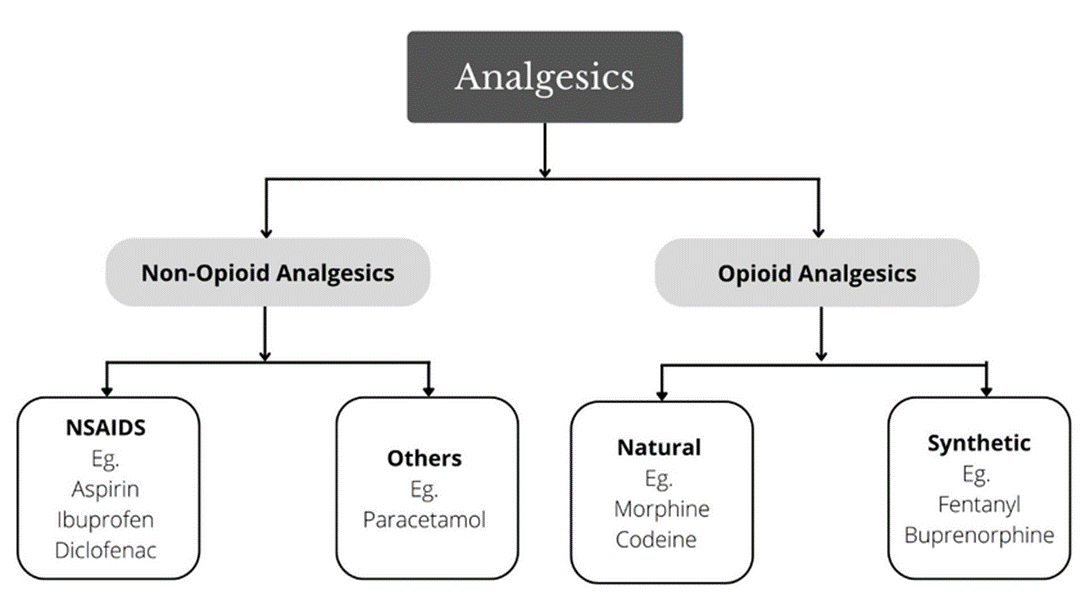What conditions are most likely to respond to treatment with antihistamines? Select all that apply.
Allergic rhinitis.
Otitis media.
Myocarditis.
Bronchitis.
Contact dermatitis.
Correct Answer : A,E
Choice A reason: Allergic rhinitis is a common condition that responds well to antihistamines, which can alleviate symptoms such as sneezing, runny nose, and itching.
Choice B reason: Otitis media is an inflammation of the middle ear and is not typically treated with antihistamines.
Choice C reason: Myocarditis is an inflammation of the heart muscle and is not treated with antihistamines.
Choice D reason: Bronchitis involves inflammation of the bronchial tubes and is not primarily treated with antihistamines.
Choice E reason: Contact dermatitis, which is an allergic skin reaction, can be treated with antihistamines to relieve itching and rash.
Nursing Test Bank
Naxlex Comprehensive Predictor Exams
Related Questions
Correct Answer is A
Explanation
Choice A reason: The priority is to manage the client's severe pain, which can be achieved through the administration of an IV analgesic. Effective pain management is crucial for postoperative recovery and can prevent complications related to increased pain, such as elevated heart rate and blood pressure.
Choice B reason: While assessing the IV site for patency is important, it is not the most critical intervention when a client is experiencing severe pain.
Choice C reason: Providing a pillow for splinting can help with pain management during movement or coughing but does not directly address the immediate need for pain relief.
Choice D reason: Placing the client in a high-Fowler's position may aid in comfort and breathing but is not the most important intervention for severe pain management.

Correct Answer is C
Explanation
Choice A reason: A thick, dry, and dark area on bilateral heels may indicate the beginning stages of a pressure ulcer, but it is not the earliest sign. The earliest indication is usually a non-blanchable redness over a bony prominence.
Choice B reason: Broken skin without evidence of undermining could be a sign of a pressure ulcer, but it is not the earliest indication. The earliest sign is persistent redness over an area of pressure.
Choice C reason: A defined area of persistent redness over bone, especially if it does not blanch when pressed, is the earliest indication of a pressure ulcer. This stage is known as a Stage 1 pressure injury.
Choice D reason: A superficial sacral ulcer with defined margins indicates that a pressure ulcer has already developed and is not the earliest sign of its development.
Whether you are a student looking to ace your exams or a practicing nurse seeking to enhance your expertise , our nursing education contents will empower you with the confidence and competence to make a difference in the lives of patients and become a respected leader in the healthcare field.
Visit Naxlex, invest in your future and unlock endless possibilities with our unparalleled nursing education contents today
Report Wrong Answer on the Current Question
Do you disagree with the answer? If yes, what is your expected answer? Explain.
Kindly be descriptive with the issue you are facing.
